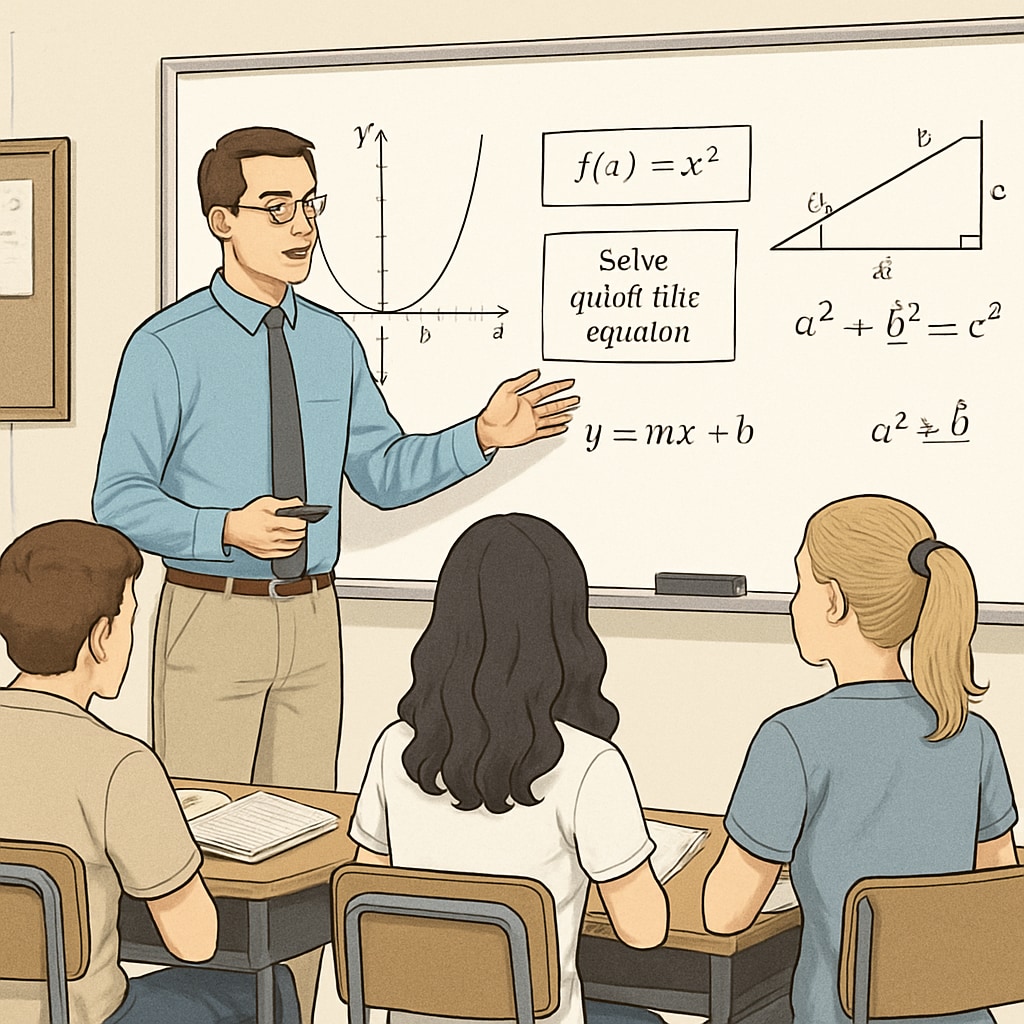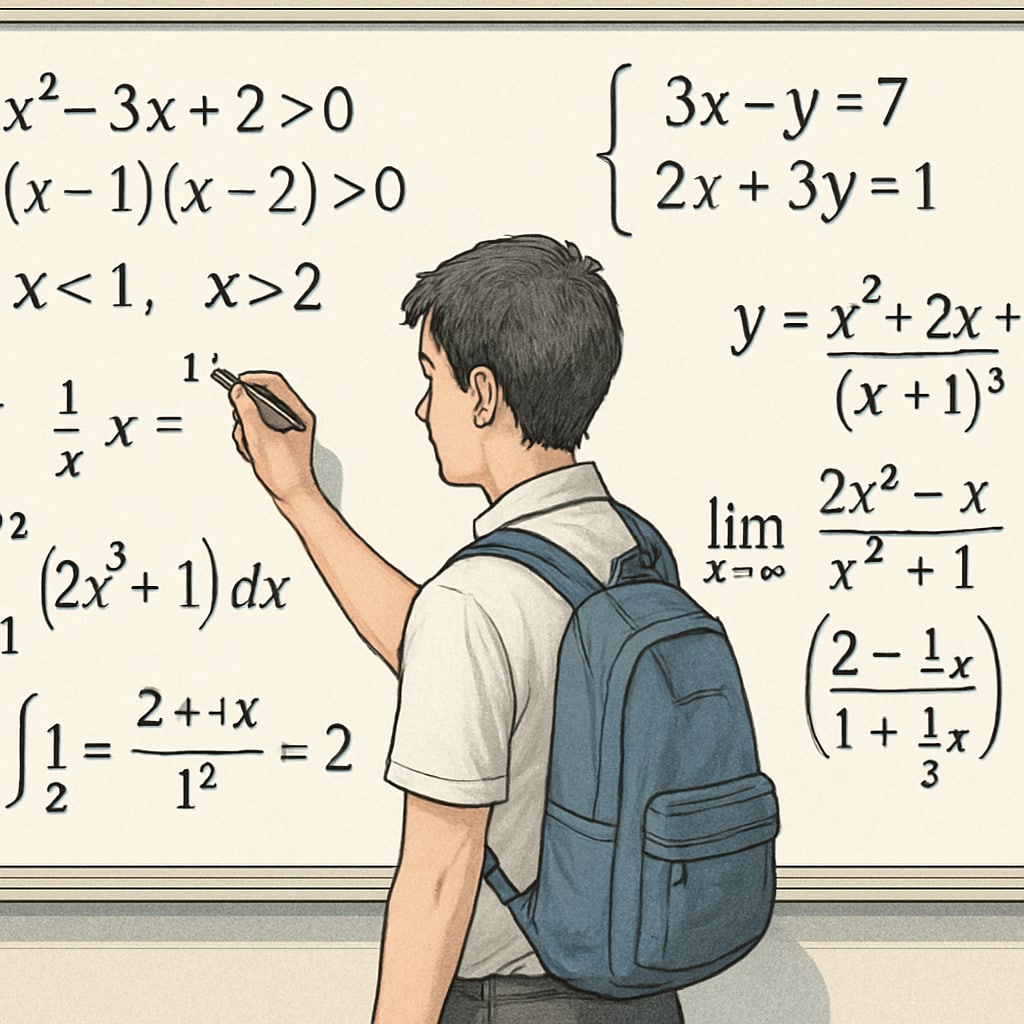High school math education often presents a unique set of challenges for educators and students alike. Common barriers include mastering abstract concepts, applying theoretical knowledge to practical problems, and adapting to diverse learning environments. This article identifies frequent learning difficulties faced by students and proposes actionable strategies for teachers to enhance their teaching methods and support students effectively.

Identifying Key Barriers in High School Math Education
To address learning difficulties in high school math, educators must first identify the root causes. Some common barriers include:
- Abstract Concepts: Many students struggle with understanding theoretical topics like calculus, algebra, and trigonometry due to their abstract nature.
- Problem-Solving Skills: Translating theoretical math into real-world applications often confuses students.
- Diverse Learning Styles: Students learn differently, and one-size-fits-all teaching methods may not be effective for everyone.
For example, topics like quadratic equations or integral calculus are often cited as difficult due to their complexity and the need for strong foundational skills. Teachers can leverage diagnostic assessments to pinpoint specific areas where students struggle.

Strategies for Overcoming Math Learning Barriers
To improve teaching outcomes, educators can use the following strategies:
- Interactive Learning Tools: Incorporate visual aids, such as graphs, charts, and multimedia resources, to make abstract concepts more tangible.
- Personalized Instruction: Adapt teaching methods to fit individual learning styles, including the use of one-on-one tutoring or small group sessions.
- Practice-Based Learning: Encourage students to solve practical problems regularly to build confidence and familiarity with mathematical applications.
- Cross-Language Support: In multilingual classrooms, provide resources in students’ native languages to bridge comprehension gaps.
By integrating these strategies, educators can create a more inclusive and effective learning environment, fostering both understanding and practical application of math concepts.
Leveraging Technology for Enhanced Math Education
Technology plays a crucial role in modern math education, especially in overcoming traditional barriers. Tools like computer-based simulations, educational apps, and online platforms help students visualize complex concepts and practice problem-solving in an interactive manner. For example, platforms like Khan Academy offer free resources tailored to high school math topics, making them accessible to diverse learners worldwide.
Additionally, programs like graphing software and mathematical modeling tools allow students to explore real-world scenarios, enhancing their ability to apply theoretical knowledge practically.
Conclusion: Achieving Precision in High School Math Teaching
By addressing the specific barriers in high school math education—such as abstract concepts, diverse learning needs, and practical application—educators can significantly improve student outcomes. Employing strategies like personalized instruction, interactive tools, and technological resources creates a robust learning environment that equips students to tackle mathematical challenges confidently.
Ultimately, the goal is to empower students with the skills and understanding needed to excel in math and beyond, ensuring their readiness for higher education and career opportunities.
Readability guidance: This article includes short paragraphs, a balanced use of active voice, and helpful lists to summarize key points. It avoids excessive jargon and ensures accessibility for both educators and general readers.


